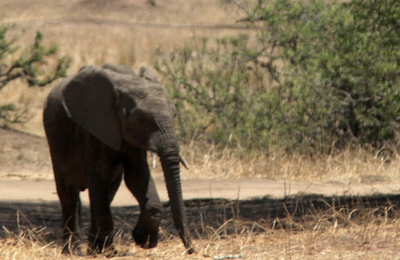
African Savanna: Plants and animals
Children will enjoy learning about plants and animals in this unfamiliar habitat. As always, this lesson plan is accompanied by a Powerpoint presen...
Birds are feathered, winged, two-legged, warm-blooded, egg-laying vertebrates. Aves ranks as the tetrapod class with the most living species, approximately ten thousand.
Image by: Leo

Children will enjoy learning about plants and animals in this unfamiliar habitat. As always, this lesson plan is accompanied by a Powerpoint presen...
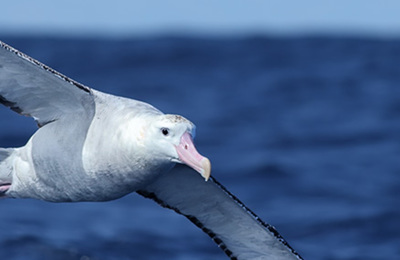
The wandering albatross has the largest wingspan of any bird and is perhaps the most magnificent of all twelve species of albatross.
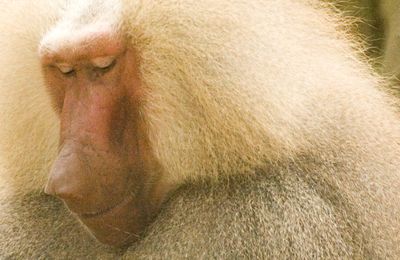
This suite of five lessons, together with an accompanying PowerPoint presentation, covers aspects of the National Curriculum at Key Stage 1, but wo...
The great tit, a bird that can be found all over the UK, is one of the birds affected. Male great tits sing songs to attract females to breed with...
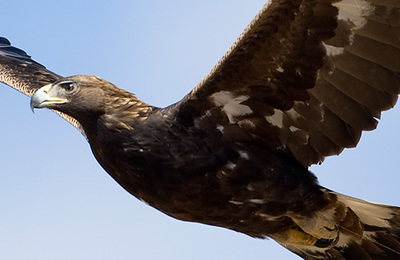
Some lovely birds
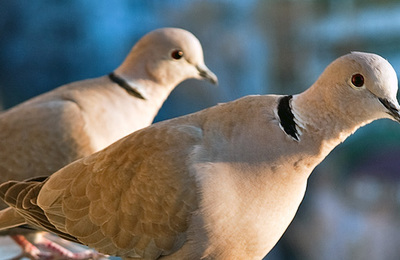
Over the last hundred years or so, large cities and their surrounding housing suburbs have grown, replacing countryside habitats. Many species of b...

Although the blue tit is mainly a woodland bird it is one of our best-known garden birds.
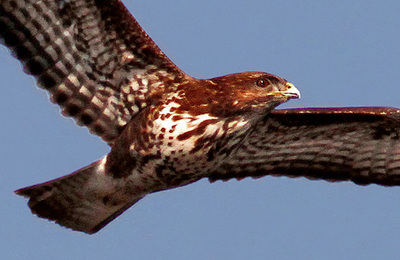
The buzzard is the most common of Britain's larger birds of prey.

At YPTE, we would like to start giving young people the chance to have their voices heard about environmental issues. So from now on, we'll be pub...
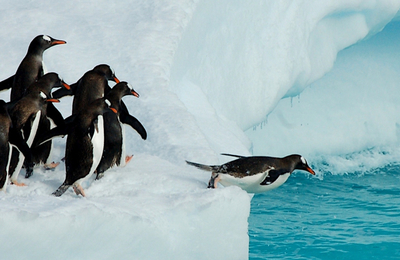
This suite of lesson plans explores the continent of Antarctica. Designed to be used alongside the Powerpoint presentation, packed full of stunnin...

This set of lesson plans explores the Arctic - one of the coldest regions on our planet. The accompanying Powerpoint presentation brings the Arcti...
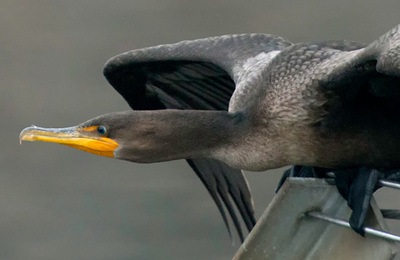
Cormorants are members of the pelican family.
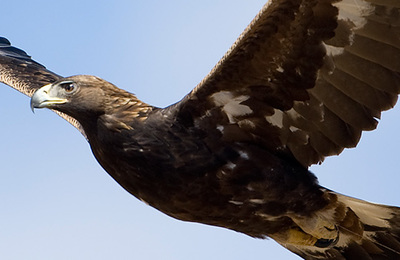
The golden eagle is one of the largest and most impressive of British birds, especially when seen soaring over a Highland glen or searching for pre...
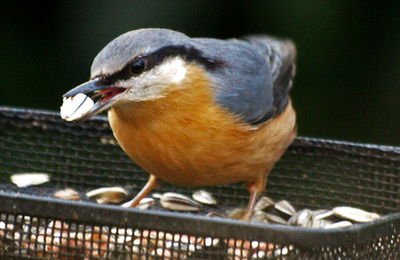
Birds appreciate being fed throughout the year, but winter is their most difficult time, when they find it hard to find their natural food, such as...
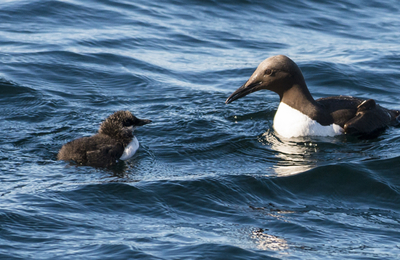
The Guillemot is penguin-like in appearance; slim, pointed bill, dark brown head and upperparts, white underparts.
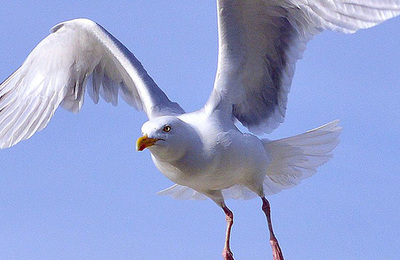
The well-known yodelling call of the herring gull conjures up pictures of the seaside perhaps more than any other sound.
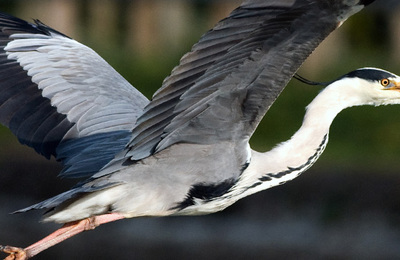
Except when they are breeding, herons spend much of their time alone, feeding in damp places or wading in water.
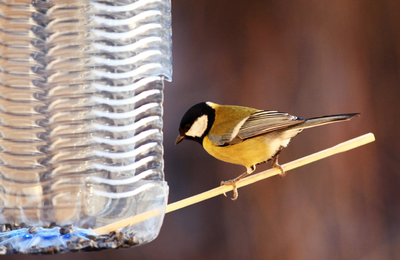
Find out how to make a bird feeder using an old plastic bottle and a skewer.
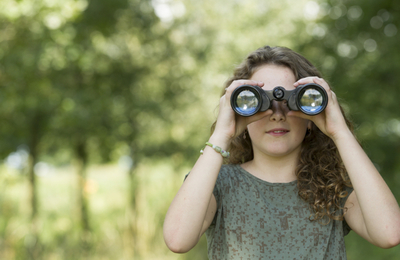
Learn about the birds in your garden with this great home learning pack. Includes designs for making bird feeders from recycled materials, researc...
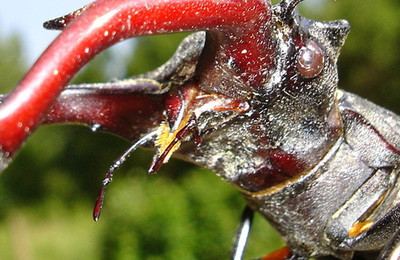
You are only a few steps away from an amazing environmental adventure... Where? In your own back garden! Just check out some of these beasties.
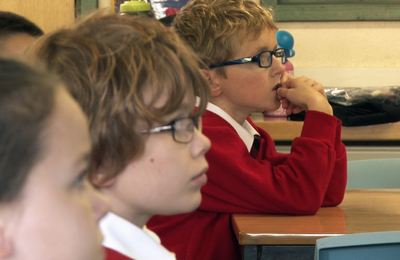
The school talks service is available in person for schools within a 30-mile radius of our office in Yeovil OR on Zoom, Teams etc. for schools anyw...
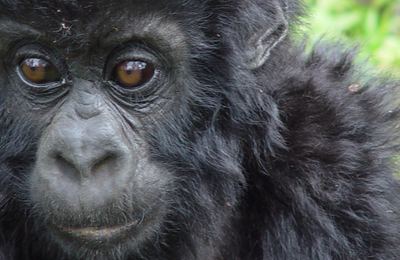
This suite of lesson plans and accompanying PowerPoint presentation includes a range of suggested activities, resources and explanations of key ter...

This suite of five lessons covers the topic of Classification for the Year 6 Science Curriculum and includes lots of learning activities, resources...
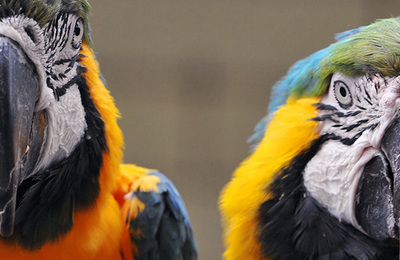
Macaws are members of the parrot family which has 340 species. 17 different species of Macaw are found in the rainforests of South America. Many o...
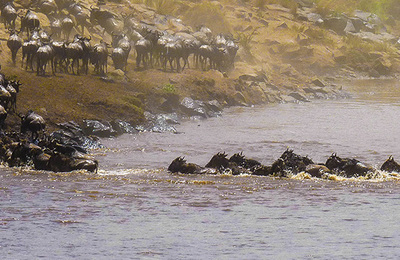
Animals do many different and amazing things. Some of them ‘migrate’. This means they travel to other places where the weather is warmer or they ca...
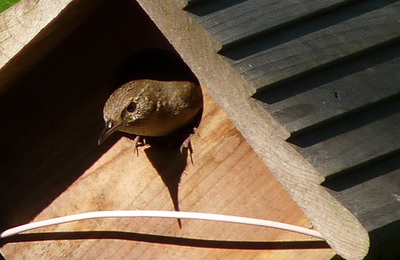
Nestbox building is a good activity for the autumn, ready for occupation (hopefully!) the following spring.
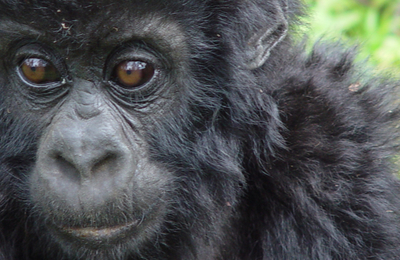
The three extended lessons cover the differences in life cycles of mammals, amphibians, insects and birds; how animals reproduce; and how the work ...
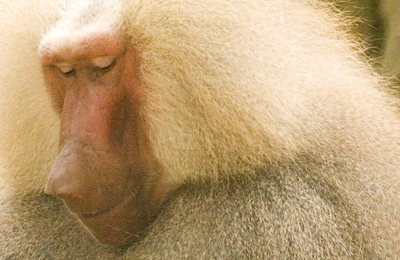
This suite of five lessons on animals covers aspects of the National Curriculum at Key Stage 1, but would be of interest to older children too. It...

Climate change and intensive farming methods were cited in the report as the main causes of nature loss. Only a fifth of farm land was found to be...

Of the five species of owl which breed in Britain the barn owl is becoming much less common generally - and in some places, rare. A recent report s...
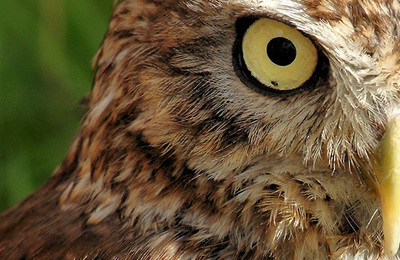
The little owl was introduced to Britain in the 19th century it was then known as the 'fierce little foreigner'. As its Latin name implies, in myth...
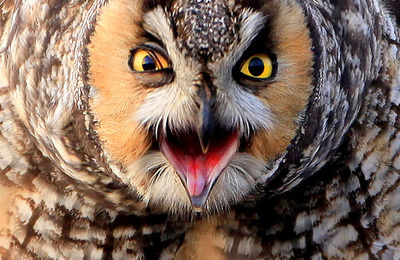
The long-eared owl may be found in many areas of Britain and Ireland, but it is not common and, being nocturnal, it is rarely seen.
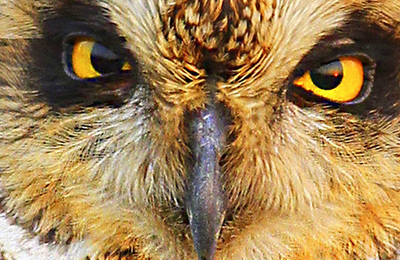
The short-eared owl is a widespread species, found in many countries.
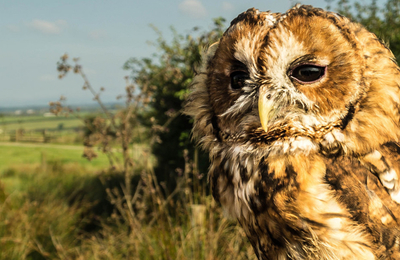
The tawny owl is nocturnal and therefore not often seen during daylight. Its familiar hooting 'hoo hoo - hoohoo' call is usually heard at night; a ...
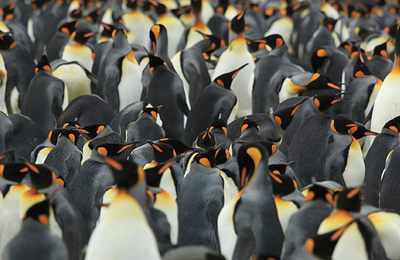
Penguins are flightless sea - birds with short tails and paddle-like wings. The plumage is very dense and covers the whole of the body. The legs ar...

Just check out these happy feet! Image credit: Antarctica Bound
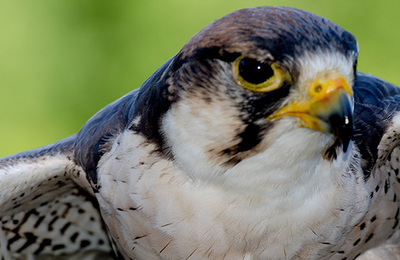
The peregrine falcon is the largest British falcon and perhaps the most impressive hunter of them all.
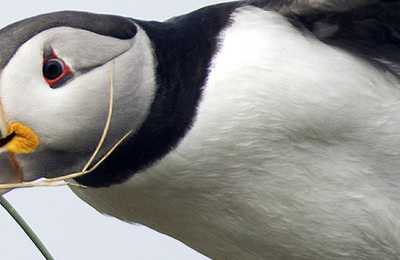
The puffin's distinctive bill has given it the nicknames of 'sea parrot' and 'bottle nose'. Although it looks a bit like a penguin or a parrot, it ...
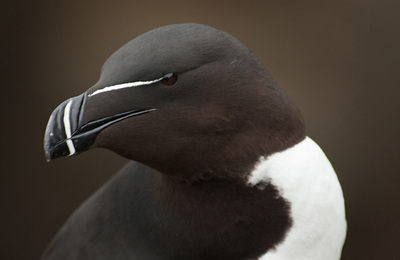
Razorbills belong to the auk family, along with guillemots and puffins. The razorbill is well-named because the edges of its hooked upper beak are ...
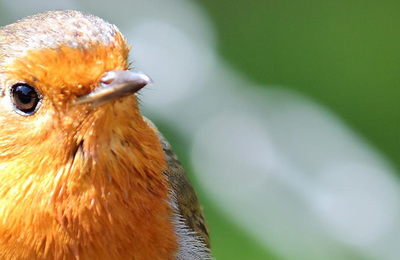
The robin is a popular visitor to gardens and is well-known for its tameness. In the winter they will regularly visit a bird-table to eat kitchen s...

At YPTE, we believe that young people need accurate information about how human actions can impact our planet. By inspiring pupils to care for the ...
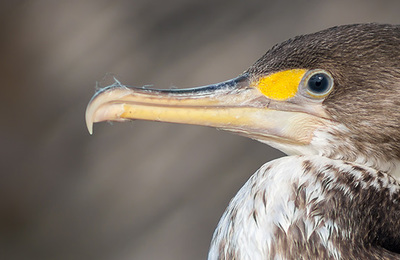
Like its larger relative, the Cormorant, the shag is a member of the pelican family. It spends more time on the coasts and out at sea than the Corm...
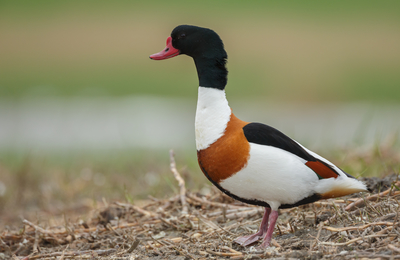
Thanks to support from the Ernest Kleinwort Charitable Trust, we have produced this set of classroom reference guides, for use in Sussex schools. ...
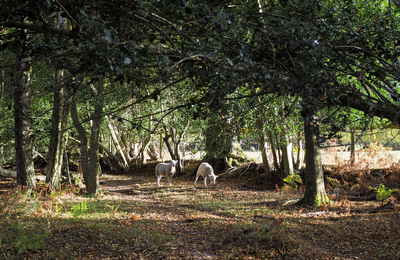
Thanks to support from the Ernest Kleinwort Charitable Trust, we have produced this set of classroom reference guides to the regions of Sussex, for...
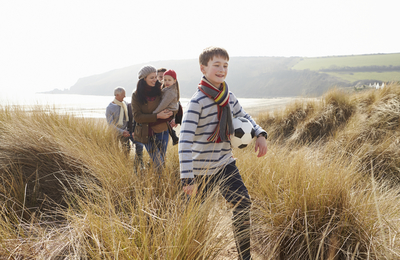
Thanks to support from the Ernest Kleinwort Charitable Trust, we have produced this set of classroom reference guides to the regions of Sussex, for...
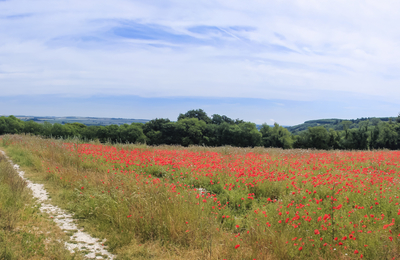
Thanks to support from the Ernest Kleinwort Charitable Trust, we have produced this set of classroom reference guides to the regions of Sussex, for...
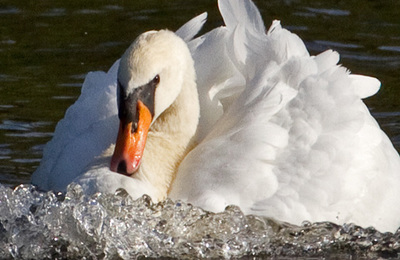
For centuries, mute swans were known as 'birds royal' because only the king or a few specially favoured subjects could keep them. They were often s...
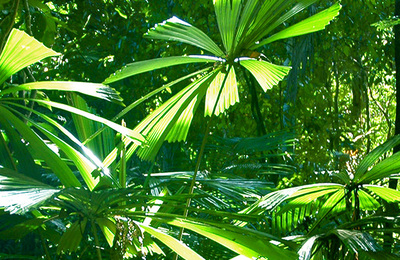
Way down south!
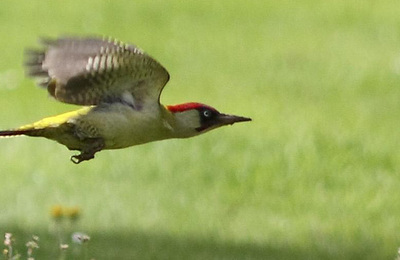
Green woodpeckers are most common in old parkland but will live happily in any habitat that offers a mixture of large old trees and areas of close ...
Zephan has been making his garden more nature-friendly. Find out how in his fantastic video that he produced for YPTE, created in collaboration wi...